what happened to the greenhouse at lynhurst in 1970
Overlooking the Hudson River in Tarrytown, New York, is Lyndhurst, i of America'southward finest Gothic Revival mansions. Designed in 1838 by Alexander Jackson Davis (1803-1892), the mansion'due south architectural brilliance is complemented by its comprehensive collection of original decorative arts and the estate's park-like landscape.
The estate was shaped for more than a century by three families and their staff: The Pauldings, The Merritts, and the Goulds. Their influence is evident in the expansion of the primary house from a country villa "in the pointed mode" to a Gothic mansion, the park-like blueprint of the grounds, as well every bit in the rich furnishings and decorations within.
The 19th century was a period of political and technological modify in America. Romanticism dominated the arts, and the movement emphasized the appreciation of nature, imagination, and emotion as the Hudson River Valley became the center for painting and compages. Wealthy patrons commissioned the structure of mansions in a variety of styles along the bluffs of the river from New York City to Albany.
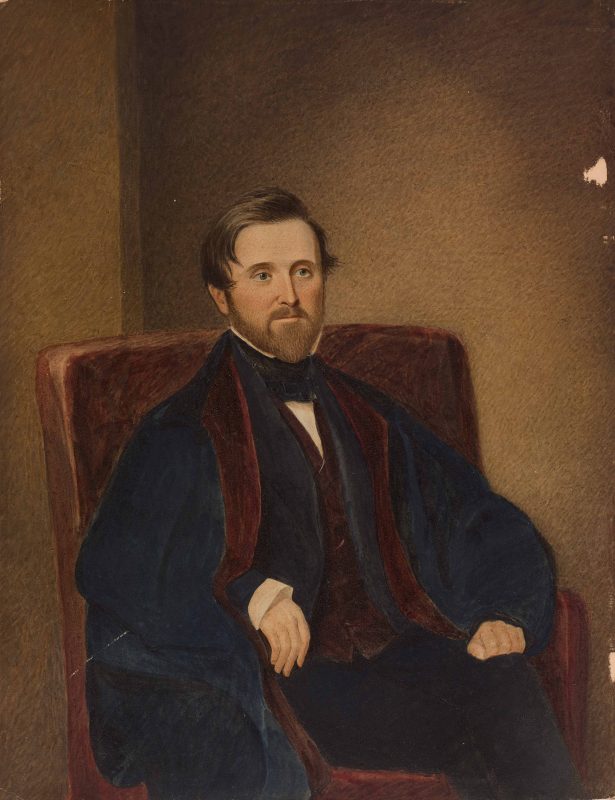 | 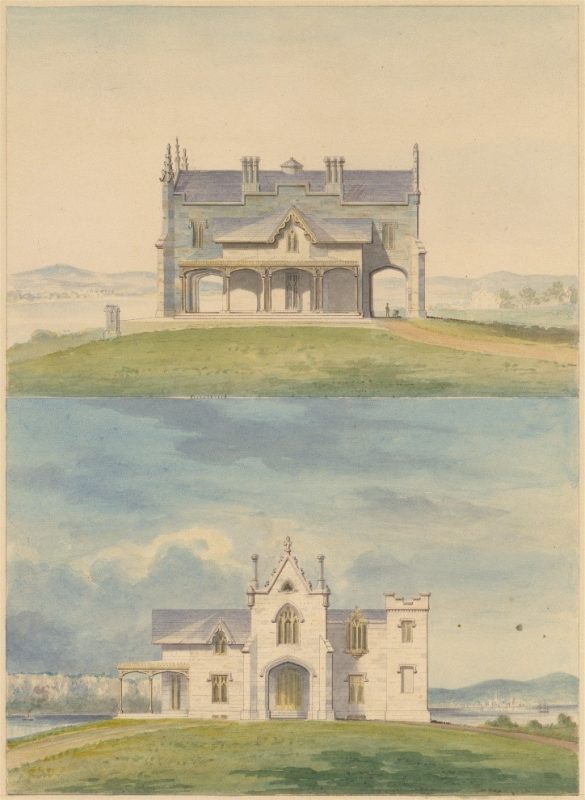 |
William S. Paulding, Jr. (1770-1854)
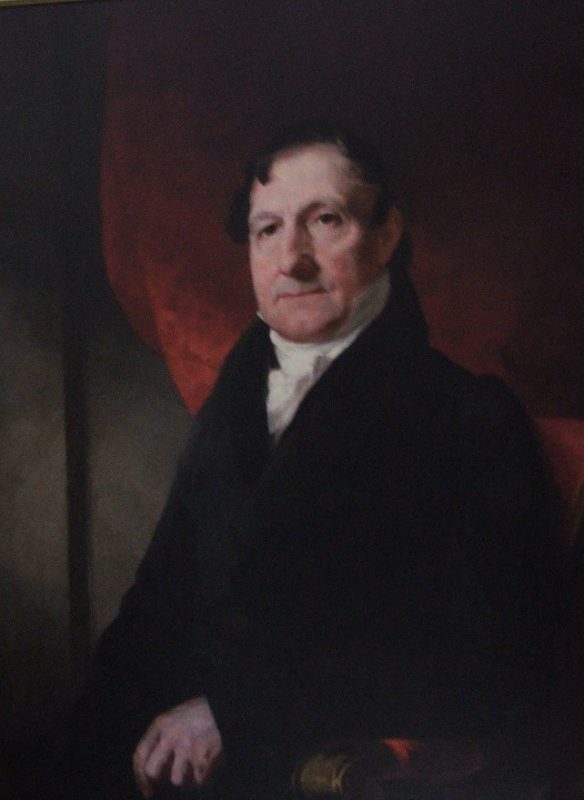
Lyndhurst was beginning conceived in the minds of architect Alexander Jackson Davis, and William S. Paulding, Jr., who commissioned the country summer villa in 1838. Paulding was a Tarrytown native in retirement after a career equally a gentleman, military officer, and political leader; he was a brigadier full general during the state of war of 1812, a state representative, and a Mayor of New York City in the 1820s. Paulding was likely first introduced to the budding architect, Davis through Paulding's family connections with Washington Irving, and other artists of the time.
Known as 'Knoll' for its promontory location overlooking the Hudson, the Gothic Revival blueprint of the house immediately drew attending. Critics called information technology "Paulding'southward Folly" because of its fanciful turrets and asymmetrical outline which was unlike most homes constructed in the post-colonial era.
Paulding did not spend much time at Lyndhurst afterwards its completion, opting instead for his family home in town. His son Philip R. Paulding, who had been chiefly involved with Davis designing and constructing "Knoll", took up chief residence, until the 1850s.
George Merritt, (1807-1873)
Fascination with the property continued for decades. As ideas of wealth and status changed with the growing nation, then did the estate, reflecting the tastes and interests of wealthy New York.
Afterward the Paulding's had long since vacated 'Knoll', the belongings was sold to merchant George Merritt, in 1864. Looking to expand the house to accommodate his family and brand it a full-time residence, Merritt brought architect Davis dorsum to pattern the expansion of the house and update the gothic decorative finishes on the inside. During the expansion of 1864-65, a big addition to the northward housed a new grander dining room, the 2nd floor was expanded with additional bedrooms, and an impressive tower with initials of Merritt's children completed the changes making Lyndhurst one of Americas most impressive gothic revival homes.
 | 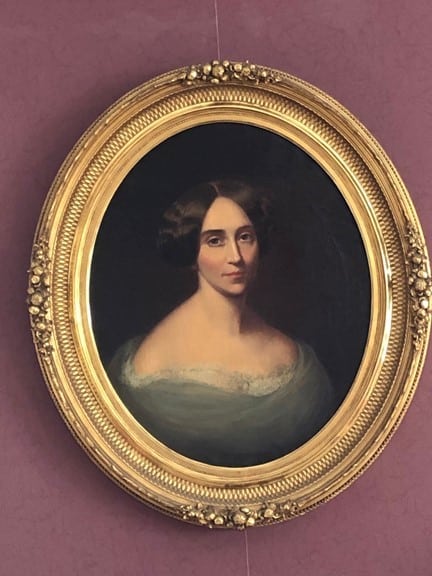 |
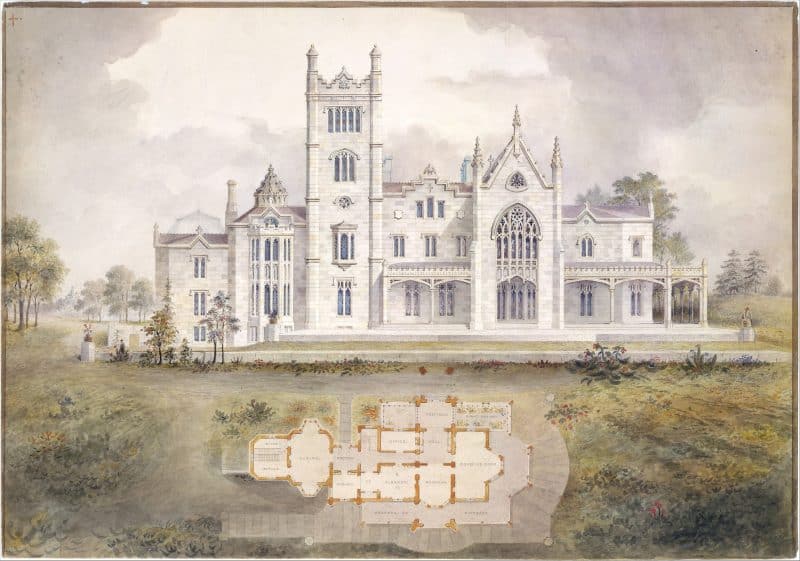
During his tenure, it is Merritt who began referring to his estate as 'Lyndenhurst' later on the large Linden trees that he had planted on the grounds effectually the business firm.
Merritt fabricated changes to the mansion, but likewise fabricated great changes to the landscape. While Paulding had kept the property as open farmland, Merritt's Master Gardener, Ferdinand Mangold turned the grounds into a country estate. Bavarian-built-in, Mangold brought a European aesthetic to Lyndhurst, installing specimen copse, walkways to view the Hudson River, and a g Moorish-style forest framed greenhouse.
George Merritt did non live to relish Lyndhurst for very long and died in 1873, leaving backside his generally grown children and his wife, Julia (1823-1904).
Faced with an expansive manor to run on her own, Julia fabricated the decision to sell Lyndhurst.
Jay Gould, (1836-1892)
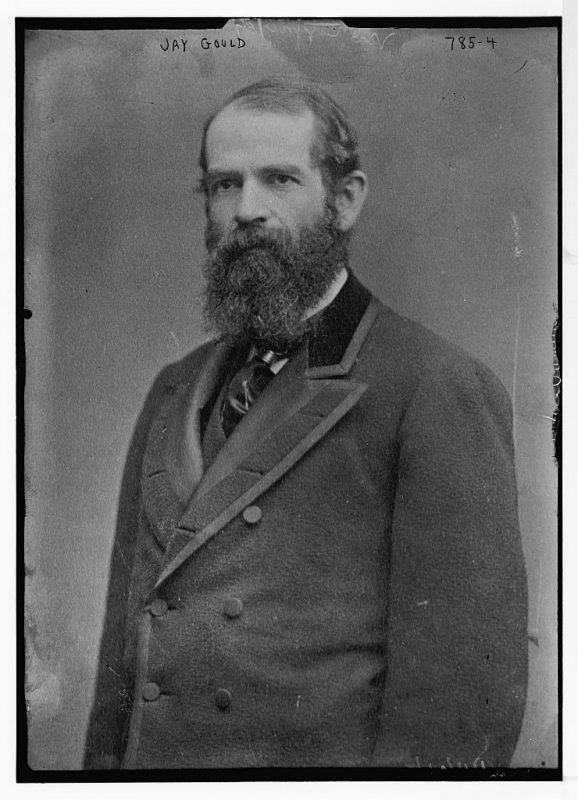
Railroad tycoon and financier Jay Gould purchased the estate in 1880, a few years after renting it equally a family summer habitation and an escape from the pressures of concern life in the city. Born and raised in the Catskill mountain town of Roxbury, NY Gould had a strong amore for nature and flowers and felt drawn to the manor by Merritt'southward impressive greenhouse and its proximity to the city.
The Gould family unit spent many fond years at Lyndhurst, coming of age during the Gilt Historic period and splitting their fourth dimension between Tarrytown and the metropolis. Gould made fiddling alter to the house, opting instead to only update the décor and furniture. He also retained Master Gardner, Ferdinand Mangold, to continue to develop the grounds and run the greenhouse, at present filled with Gould'due south orchid collection.
Jay Gould'south wife, Helen 'Nellie' died in 1889, and in 1892, Jay himself finally succumbs to tuberculosis which plagued him nigh of his developed life.
Helen Gould, (1868-1938)
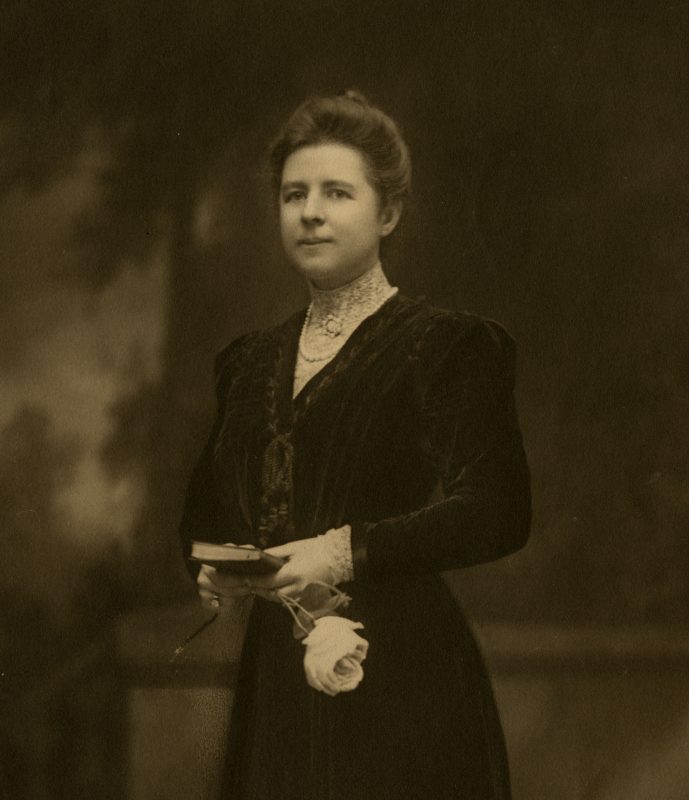
Jay Gould's eldest and devoted daughter, Helen, becomes the steward of Lyndhurst after her father's death in 1892. Helen was a well-loved philanthropist and earned a constabulary degree from NYS to manage her own finances. Having cherished the estate as a child, she continues to care for the estate as her begetter would have and utilizes it as well for her own charitable endeavors. Helen added multiple buildings to the property including the Kennel, Laundry Building, Pool Edifice, and Bowling Aisle.
During Helen's stewardship, Lyndhurst'due south estate became the site of free sewing, cooking, and carpentry schools for disadvantaged children and so they could interruption the cycle of poverty. The massive greenhouse and puddle edifice were open to the community six days a week. She actively supported women's programs and educational schools for immature ladies.
Helen married railroad executive Finley J. Shepard in 1913. They adopted three children and fostered a fourth. Much like when she was a child, Helen and Finley continued to use Lyndhurst as a seasonal home, spending time in New York Urban center, her father's hometown of Roxbury, and Lyndhurst.
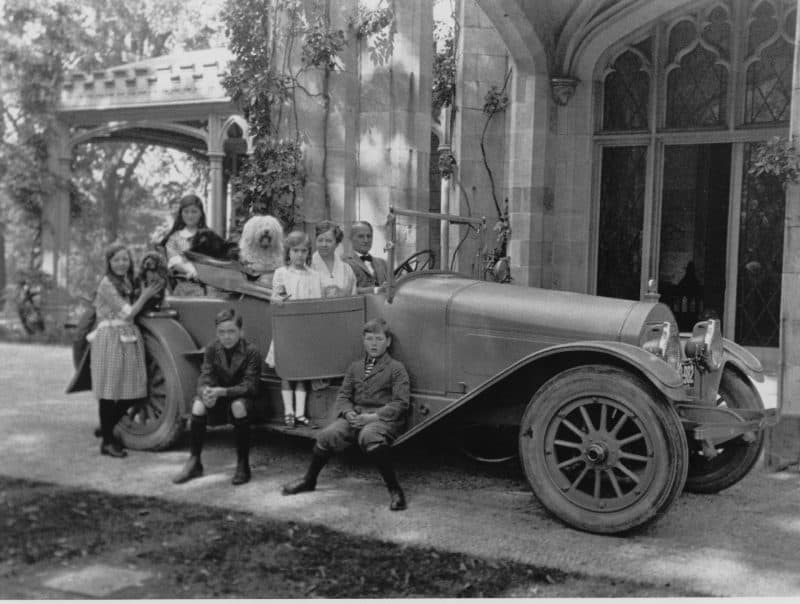
Anna Gould, Duchess of Talleyrand-Perigord (1875-1961)
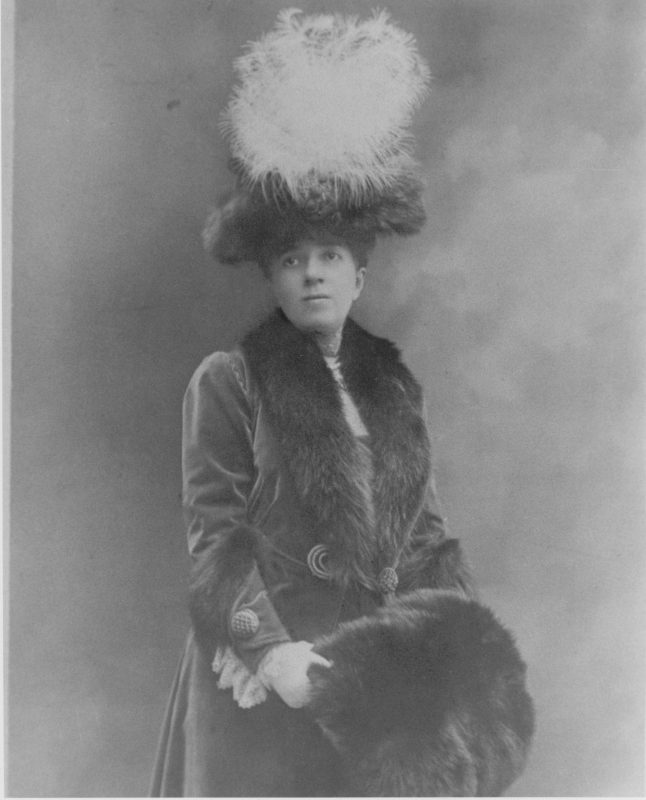
The youngest Gould daughter, Anna, married young and into the French aristocracy. She lived about of her adult life in French republic and returned to the U.s.a. at the outset of World State of war Two in Europe in 1936.
After her elderberry sister Helen's expiry in 1938, Anna takes ownership of Lyndhurst and maintains Lyndhurst every bit a land dwelling house, primarily living at the Plaza Hotel in New York Urban center. Equally a fashionable duchess, she was also known locally for opening the Lyndhurst manor to charitable efforts. Soldiers and seamen during the state of war convalesced on the holding and off-site and she auctioned off the contents of the Lyndhurst Greenhouse to benefit the American Carmine Cross. Much like her sister, she made lilliputian changes to the inside of the house autonomously from bringing in personal decor and memorialized information technology and the grounds in the memory of her family who had lived at that place and enjoyed it for and so many years.
She returned to French republic total time later on the state of war and passed away in 1961, bequeathing the entire estate to the National Trust for Historic Preservation. It opened equally a museum and historic site on June 18th, 1965.
buffingtonacessays.blogspot.com
Source: https://lyndhurst.org/history/
0 Response to "what happened to the greenhouse at lynhurst in 1970"
Post a Comment